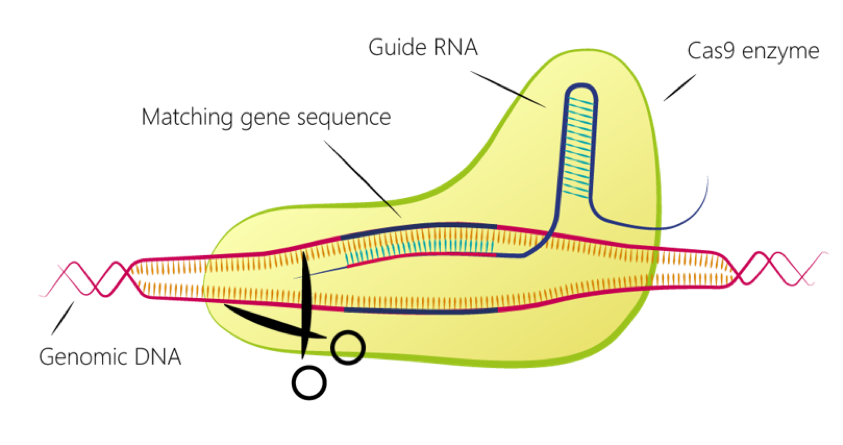Gene Editing
In osteoarthritis, inflammation plays a key role in the degeneration of the joint. Resident chondrocytes sense the inflammatory signals and further amplify the stimuli. To prevent this downward spiral, we are generating cells resistant to inflammation by means of CRISPR/Cas9 gene editing. Transplanted chondrocytes therefore have a better opportunity to maintain their phenotype and produce healthier cartilage, even if the site where they are implanted is inflamed. Our cell source is chondrocytes from polydactyl patients. These cells hold great promise for their ability to be expanded without loss of phenotype (Cavalli, 2019) and for their immunoprivileged state.

Publications:
- Characterization of polydactyly chondrocytes and their use in cartilage engineering, E Cavalli, C Levinson, M Hertl, N Broguiere, O Brück, S Mustjoki, A Gerstenberg, D Weber, G Salzmann, M Steinwachs, G Barreto, M Zenobi-Wong, Scientific Reports, 2019, external pagehttps://doi.org/10.1038/s41598-019-40575-wcall_made
Contact
Gewebetechnol. und Biofabrikation
Otto-Stern-Weg 7
8093
Zürich
Switzerland
